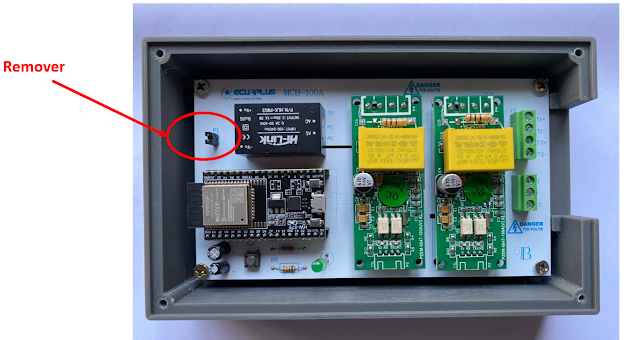⭐⭐⭐⭐⭐ Practica #6 - Envio Datos ThingSpeak Objetivo general: Aprender sobre el envio de datos a ThingSpeak Objetivos especificos: Instalar libreria necesaria para ThingSpeak Configuracion de ThingSpeak para recepcion de datos. Visualizacion de datos en ThingSpeak. Reposi torio: https://github.com/avbazurt/Simulacion_Sistemas_Electricos Materiales: Medidor Consumo energético Cuenta de ThingSpeak Introducción: En esta practica veremos como enviar los datos obtenidos de nuestro sensor bifasico a una plataforma de analisios IOT. Esta nos permitira visualizar graficas via internet, ademas de tener soporte con Matlab lo que facilita el procesamiento de la informacion. Procedimiento #1: Descargar e Instalar Librerias necesarias Para esta practica utilizaremos las siguientes librerias, si ya las tiene saltese este paso. PZEM-004T https://github.com/mandulaj/PZEM-004T-v30 ThingSpeak https://github.com/mathworks/thingspeak-arduino Procedimiento #2: Configurar ThingSpeak Nos dirigimos ...
2 Phase Energy Meter 100A (2PEM-100A) is an open-source hardware








Comments
Post a Comment